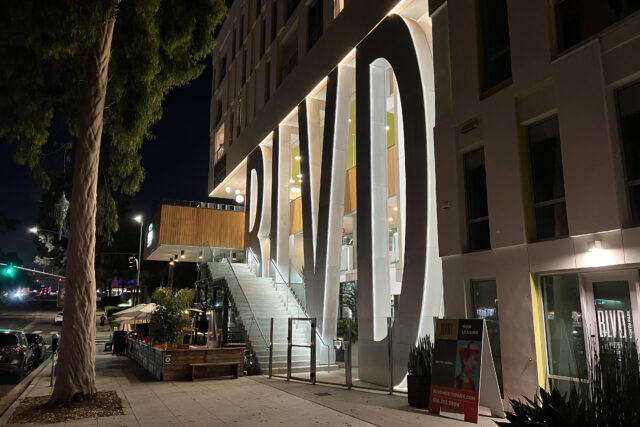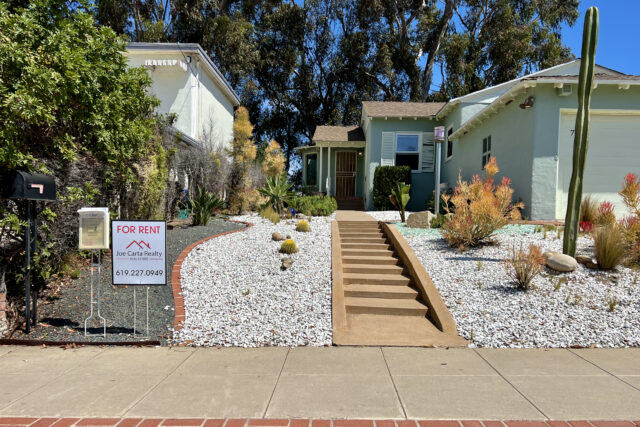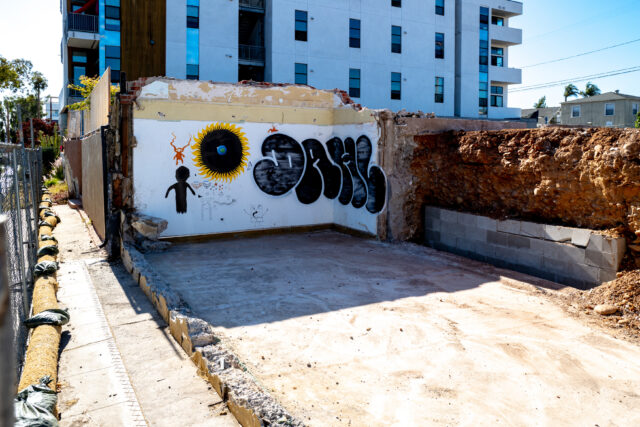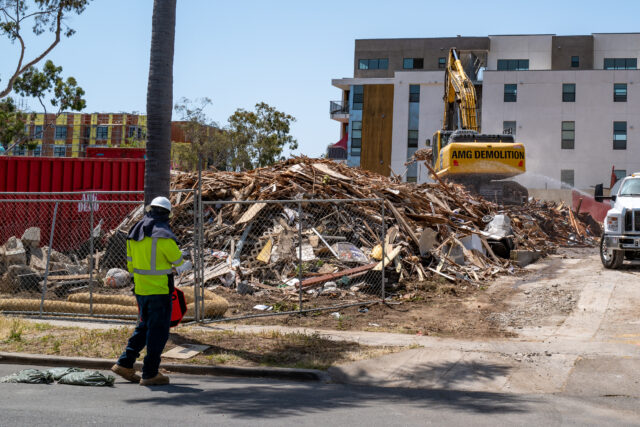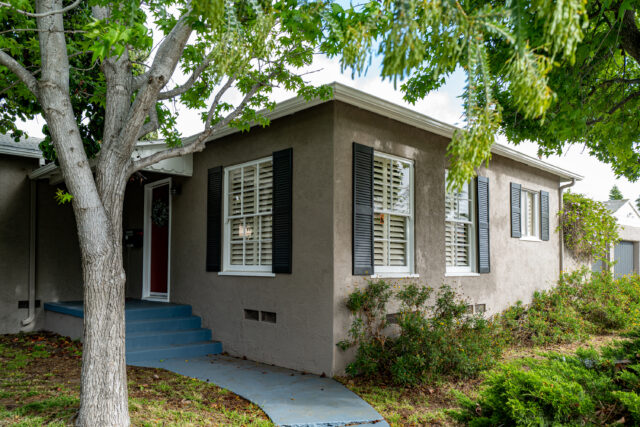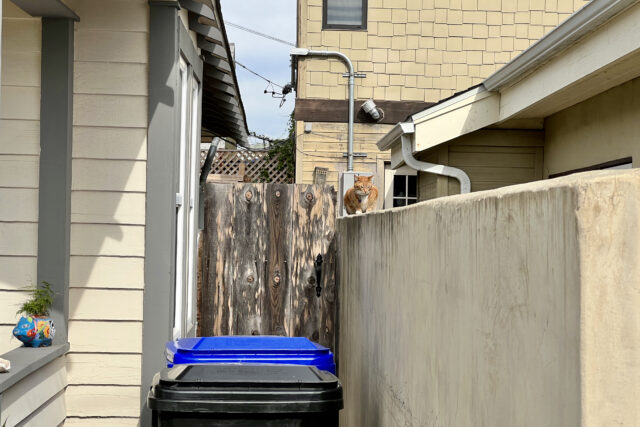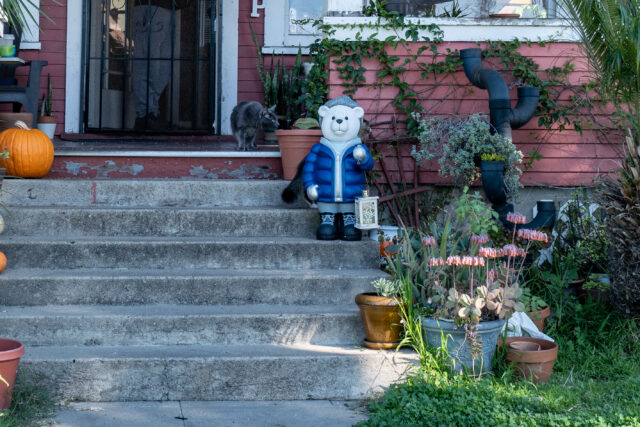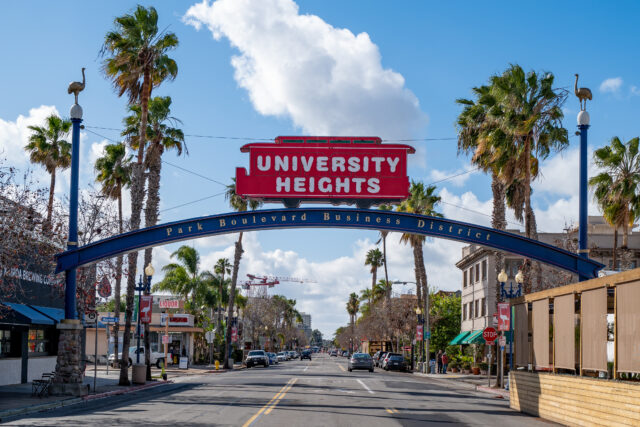When BLVD North Park—located in University Heights, by the way—started taking applications in summer 2019, projected rents ranged from $1,970 to $4,500. Fast-forward three years, and you might as well start selling off organs to pay for the astronomical increases locally. According to Rent.com: “The average rent for apartments in San Diego, Calif., is between $2,379 and $5,205 in 2022″—for studio and three-bedroom, respectively. One bed: $2,889, up from $2,300 in mid-2019. Two: $3,778, up from $2,823 during the same time period.
Maybe prospective renters should feel good about BLVD North Park, which rates aren’t monumentally pumped up—being already lofty before dramatic increases across the region. An 831-square-foot two beds and baths goes for $3,700, according to a listing on Trulia. That’s within the range that I recall—rightly, hopefully—when the BLVD property opened to residents.
